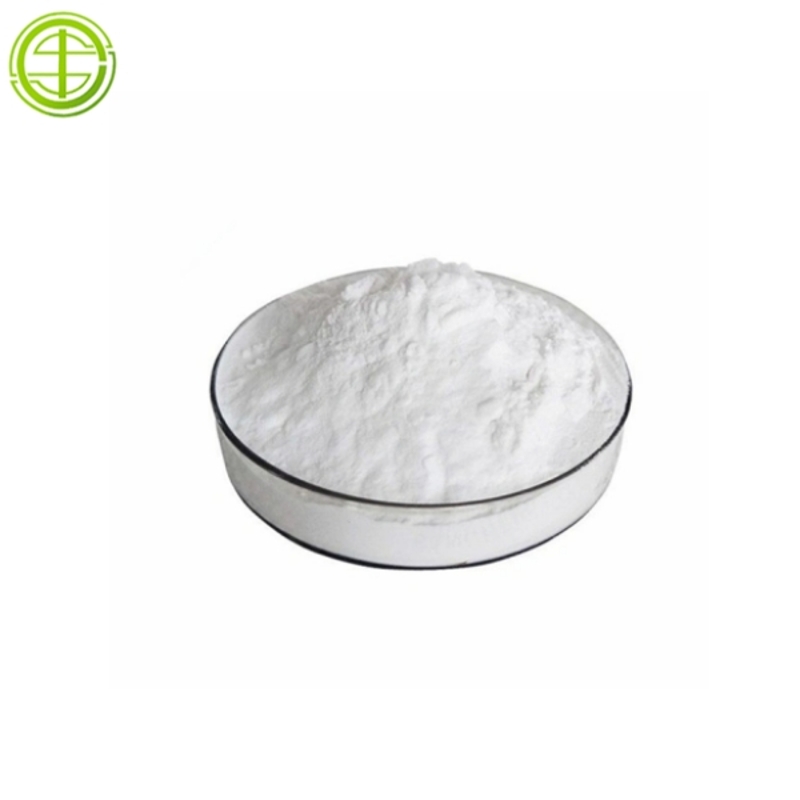-
Categories
-
Pharmaceutical Intermediates
-
Active Pharmaceutical Ingredients
-
Food Additives
- Industrial Coatings
- Agrochemicals
- Dyes and Pigments
- Surfactant
- Flavors and Fragrances
- Chemical Reagents
- Catalyst and Auxiliary
- Natural Products
- Inorganic Chemistry
-
Organic Chemistry
-
Biochemical Engineering
- Analytical Chemistry
- Cosmetic Ingredient
-
Pharmaceutical Intermediates
Promotion
ECHEMI Mall
Wholesale
Weekly Price
Exhibition
News
-
Trade Service
Recently, the agricultural layout and regional development team of the Institute of Agricultural Resources and Regional Planning of the Chinese Academy of Agricultural Sciences analyzed the current situation and existing problems of the promotion of soil testing formula fertilization technology in China's grain producing areas, and revealed the hindrance force, influence mechanism and improvement path
of soil testing formula fertilization technology in the promotion process from the perspective of farmers 。 The research results were published in the journal Technological Forecasting & Social in the field of economics and management, entitled "Ambiguity Preference, Social Learning and Adoption of Soil Testing and Formula Fertilization Technology" Change)
.
of soil testing formula fertilization technology in the promotion process from the perspective of farmers 。 The research results were published in the journal Technological Forecasting & Social in the field of economics and management, entitled "Ambiguity Preference, Social Learning and Adoption of Soil Testing and Formula Fertilization Technology" Change)
.
According to researcher Li Jianping, soil testing formula fertilization technology is an environment-friendly technology promoted by the United Nations, which can effectively alleviate agricultural non-point source pollution and is widely used
in countries around the world.
Since 2005, China has begun to implement and promote soil testing and formula fertilization technology, but the enthusiasm of farmers to understand and adopt it is not high, which has become a bottleneck restricting
the effective implementation of this environment-friendly technology.
in countries around the world.
Since 2005, China has begun to implement and promote soil testing and formula fertilization technology, but the enthusiasm of farmers to understand and adopt it is not high, which has become a bottleneck restricting
the effective implementation of this environment-friendly technology.
Based on the micro-survey data of 681 grain growers, this study uses experimental economic methods to empirically analyze the effects
of fuzzy preference and social learning on the fertilization technology of soil testing and formula of farmers.
The study found that farmers generally have a tendency to fuzzy disgust, and hinder the dissemination and adoption of soil testing formula fertilization technology, social learning can alleviate farmers' information asymmetry and technical learning costs, and effectively improve their adoption of
soil testing formula fertilization technology by increasing farmers' vague preferences 。 The first research is to systematically put forward a theoretical mechanism that fully considers the impact of agricultural production uncertainty on farmers' technology adoption, and uses a large number of research data to conduct empirical verification; The second is to introduce experimental economics into the research framework and overcome the shortcomings of inaccurate and endogenous data surveys caused by traditional questionnaire surveys; The third is to effectively strengthen the systematic promotion and utilization of soil testing and formula fertilization technology, and provide decision-making basis
for government departments to formulate chemical fertilizer reduction policies and environmental protection policies in grain-producing areas.
of fuzzy preference and social learning on the fertilization technology of soil testing and formula of farmers.
The study found that farmers generally have a tendency to fuzzy disgust, and hinder the dissemination and adoption of soil testing formula fertilization technology, social learning can alleviate farmers' information asymmetry and technical learning costs, and effectively improve their adoption of
soil testing formula fertilization technology by increasing farmers' vague preferences 。 The first research is to systematically put forward a theoretical mechanism that fully considers the impact of agricultural production uncertainty on farmers' technology adoption, and uses a large number of research data to conduct empirical verification; The second is to introduce experimental economics into the research framework and overcome the shortcomings of inaccurate and endogenous data surveys caused by traditional questionnaire surveys; The third is to effectively strengthen the systematic promotion and utilization of soil testing and formula fertilization technology, and provide decision-making basis
for government departments to formulate chemical fertilizer reduction policies and environmental protection policies in grain-producing areas.
The research results have been funded by the National Modern Agricultural Industry Technology System and the National Natural Science Foundation of China, with Wu Haixia as the first author, researcher Li Jianping as the co-first author, and Ge Yan as the corresponding author
.
It is reported that "Technological Forecasting & Social Change" is a well-known journal in the field of social science and information strategy, focusing on social, environmental, economic, management and technology forecasting issues, IF 10.
884, JCR Division Q1
.
.
It is reported that "Technological Forecasting & Social Change" is a well-known journal in the field of social science and information strategy, focusing on social, environmental, economic, management and technology forecasting issues, IF 10.
884, JCR Division Q1
.
Full-text link: https://doi.
org/10.
1016/j.
techfore.
2022.
122037
org/10.
1016/j.
techfore.
2022.
122037







